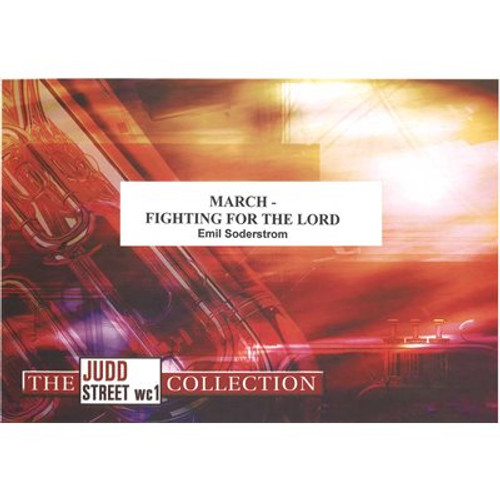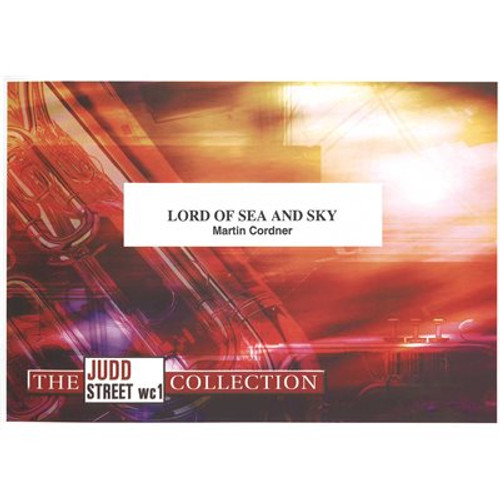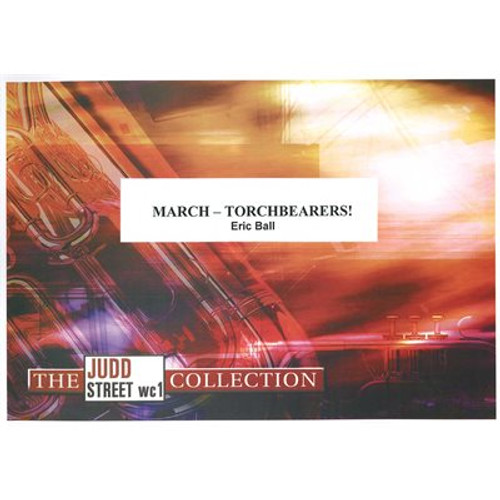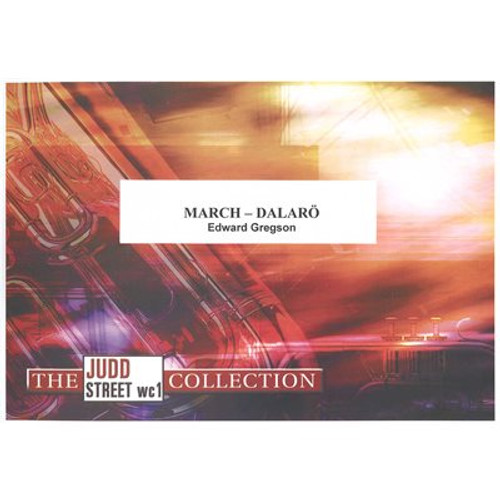Product Description
Comments by Lieut-Colonel Frederick Hawkes
When this march first appeared in September, 1926, its composer, Bandmaster Emil Soderstrom, had already had a number of band and choral works published both in the UK and in his native Denmark.
It will be found that while this march makes certain demands in the way of execution it will not prove really difficult to play; nor is undue strain imposed on the lips and lungs.
The opening calls for firm, vigorous attack, and the chord work should be well-sustained with a full body of tone. The syncopations in bars 2 and 4 demand close attention, but seeing the whole band, below the 2nd cornet, is uniformly treated, this little effect ought not to be difficult of execution, nor should the responsive figures at the end of the first and second phrases prove troublesome. The semiquaver runs for upper cornets will develop quite easily seeing these are generally of a scalic nature. Several rhythmic figures of a piquant character will be observed in the third and fourth phrases of the introduction, and these will repay with close attention.
No great demands are made in the first section, although a number of unusual effects will be seen, and a few small details are included in the scoring.
The second subject will stand out in good contrast with the preceding. Hitherto the minor key has prevailed, but we now pass into the relative major, the music being brighter in general effect, with the development of new rhythmic figures. See that the parts for trombones, euphonium and basses are played in a broad, well sustained manner.
In place of the usual bass solo we have a skillful combination of two Army song melodies, the first given to soprano, 1st cornet, flugel, and solo horns, the second to baritones, tenor trombones, and euphonium. Accompanying parts are scored for the remaining instruments, the only part calling for special mention being that given to the solo cornet. While this is of a florid character, it will prove quite easy to play. The main endeavor in this section should be to exhibit with equal prominence and clearness the two vocal themes so that listeners will be able to follow these without difficulty. At the same time the force mark should not be exceeded.
Once again, rhythm plays an important part in the short introduction to the trio. In the first section, the principal theme of the trio is of a broad, vocal character, and this calls for a very smooth, subdued rendering. Seeing that all instruments are employed, the desired effect may not be easily secured. In cases where players are duplicated, it may prove a good play to have only one player on each part of the accompaniments. It is essential, in any case, to give the principal theme due prominence, and special care may perhaps be necessary in those phrases where the solo cornets rest. The counterpoint for baritone and euphonium must not be unduly prominent the first time, but could be made to stand out well in the repeat.
The episode at letter E contains several novel features. Here again the composer reveals a partiality for rhythmic effect. From the standpoint of notation, this episode appears to be much less complicated than passages of this kind usually are, but while there may not be so many notes, it must not be concluded that the music is easier to execute on that account. The little bridge figure in the bar before Letter E, for instance, will probably not prove quite so easy to fit in with exactitude as at first sight it may appear, and the same remark applies to other rhythmic figures met with later. The meaning of the music, however, is clear enough, and execution is made easier because the ideas are clearly expressed, and a large number of players are called upon to unitedly produce the various effects. The reiterated semiquaver passage, which is really in the nature of a slow shake, will not occasion much trouble. A king of subterranean rumble is wanted here. The repeat of the main theme of the trio will prove quite easy. A full, broad and bold style of rendition is called for.
(view series guide)
Produced by The Salvation Army, SP&S, UK













